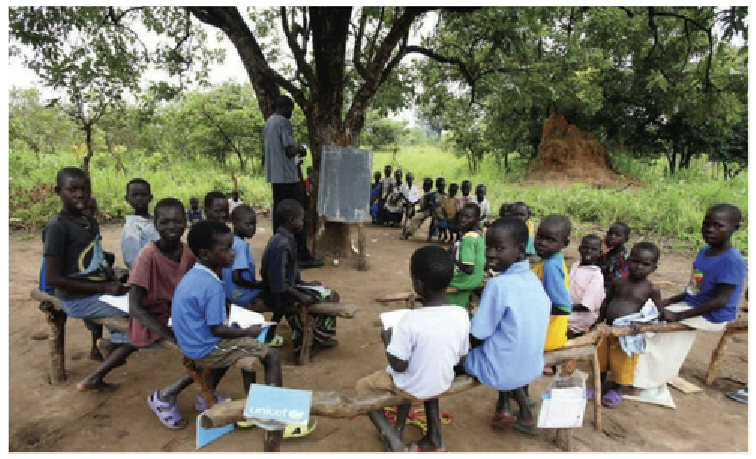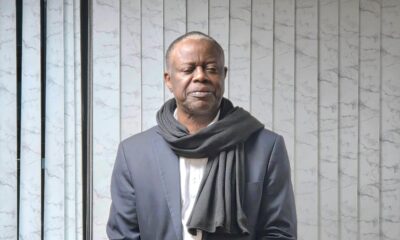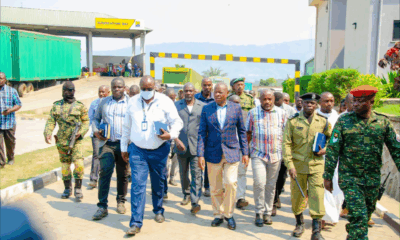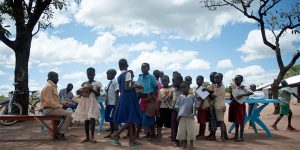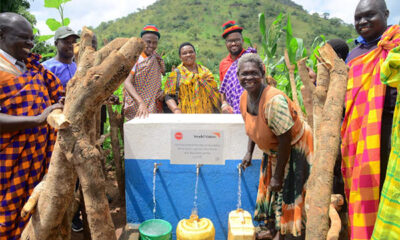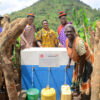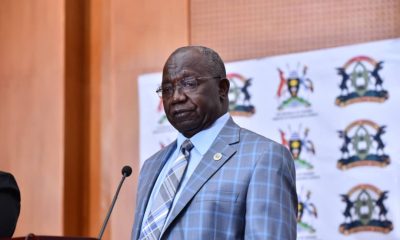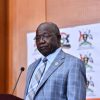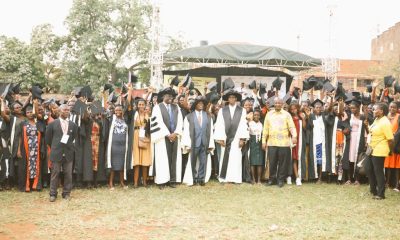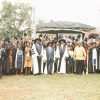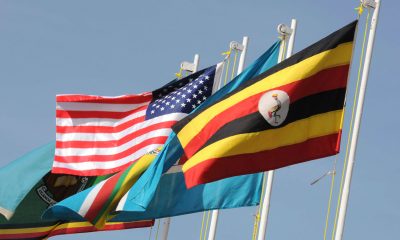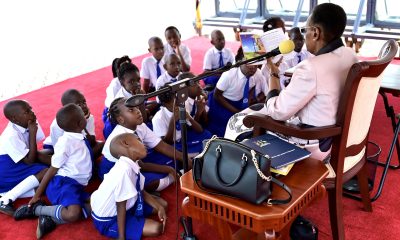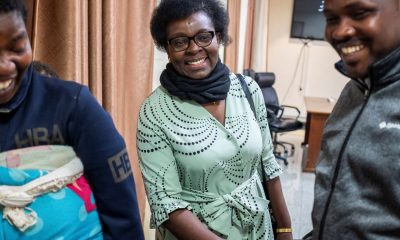Education
Crisis in the Classroom: UPE Schools in Luwero Crumble as Learners Study Under Trees and Churches
In the heart of Luwero district, a quiet crisis is unfolding — one that threatens the very foundation of Uganda’s education system. As the country marks over two decades since the launch of Universal Primary Education (UPE), more than 150 government primary schools in the district are teetering on the brink of collapse, literally.
Classrooms built in the 1960s and 70s, some no more than mud and brick structures, now stand as grim monuments of neglect. Their roofs are caving in, walls cracked beyond repair, and floors riddled with potholes and dust. With no choice, thousands of children are forced to learn under trees, in makeshift shelters, or within borrowed spaces in nearby churches.
Learning Beneath Shadows, Not Roofs
The scene at St. Mary’s Ndagga Primary School captures the crisis in stark detail. Pupils sit on the bare ground beneath mango trees, their exercise books buffeted by the wind. P.7 candidate Umar Byantuyo recounts how lorries and motorbikes passing by disrupt his concentration as he tries to prepare for his final exams.
“We’re often chased by rain or wind while trying to write. When the wind blows, our books fly. It’s not easy to learn like this,” Umar says, shielding his books from a gust.
The school was built in 1972 for fewer than 150 pupils — today, it serves over 700. No new structures have been built since its inception.
Florence Nalumansi, the school’s headteacher, is disheartened. “We have waited for government help in vain. Most of our parents are poor and cannot afford to contribute to construction,” she explains.
Luwero District Chairperson Erastus Kibirango acknowledges the dire situation, admitting that limited funds have crippled the district’s ability to improve infrastructure. “Most of the schools were built during the Obote and Amin regimes, and since then, they haven’t seen any serious renovations,” he notes.
In the financial year 2025/26, the district has allocated just 1.9 billion shillings for construction in seven schools and another 1.4 billion for renovations in 28 schools — a drop in the ocean considering the needs of 150 collapsing schools.
“To make matters worse,” Kibirango adds, “we’re only able to build or renovate 35 schools this year, meaning 115 remain in desperate condition.”
With limited government support, the burden of building classrooms has shifted to parents, teachers, and local leaders.
In a rare show of public-private spirit, Katikamu North Member of Parliament Denes Sekabira joined St. Mary’s Ndagga in fundraising and personally contributed to the construction of two new classroom blocks. “We were shocked to find candidates studying under trees. How can we talk of performance in such a setting?” he asked.
But Sekabira is overwhelmed. “Every week, I get more than 10 calls from headteachers in the constituency pleading for support. It’s unsustainable. Government must step in.”
Beyond Brick and Mortar — The Bigger Question
The crumbling classrooms in Luwero raise fundamental questions about Uganda’s commitment to quality education. What good is free primary education if it cannot be delivered in a safe, conducive environment? With soaring numbers of pupils and stagnant infrastructure development, the promise of UPE risks becoming a hollow pledge.
Luwero’s plight is not unique. Across Uganda, many UPE schools are grappling with similar conditions — overcrowded classrooms, worn-out desks, collapsing roofs, and unqualified teachers. But in Luwero, the situation has crossed the line into humanitarian concern.
Unless the government significantly boosts its allocation for school infrastructure, the district may soon see a lost generation — children eager to learn, but held back by an education system literally falling apart.
For now, under the shade of trees and church pews, learning goes on. But the children of Luwero deserve more than the shelter of branches — they deserve dignity, safety, and a future.
Comments



